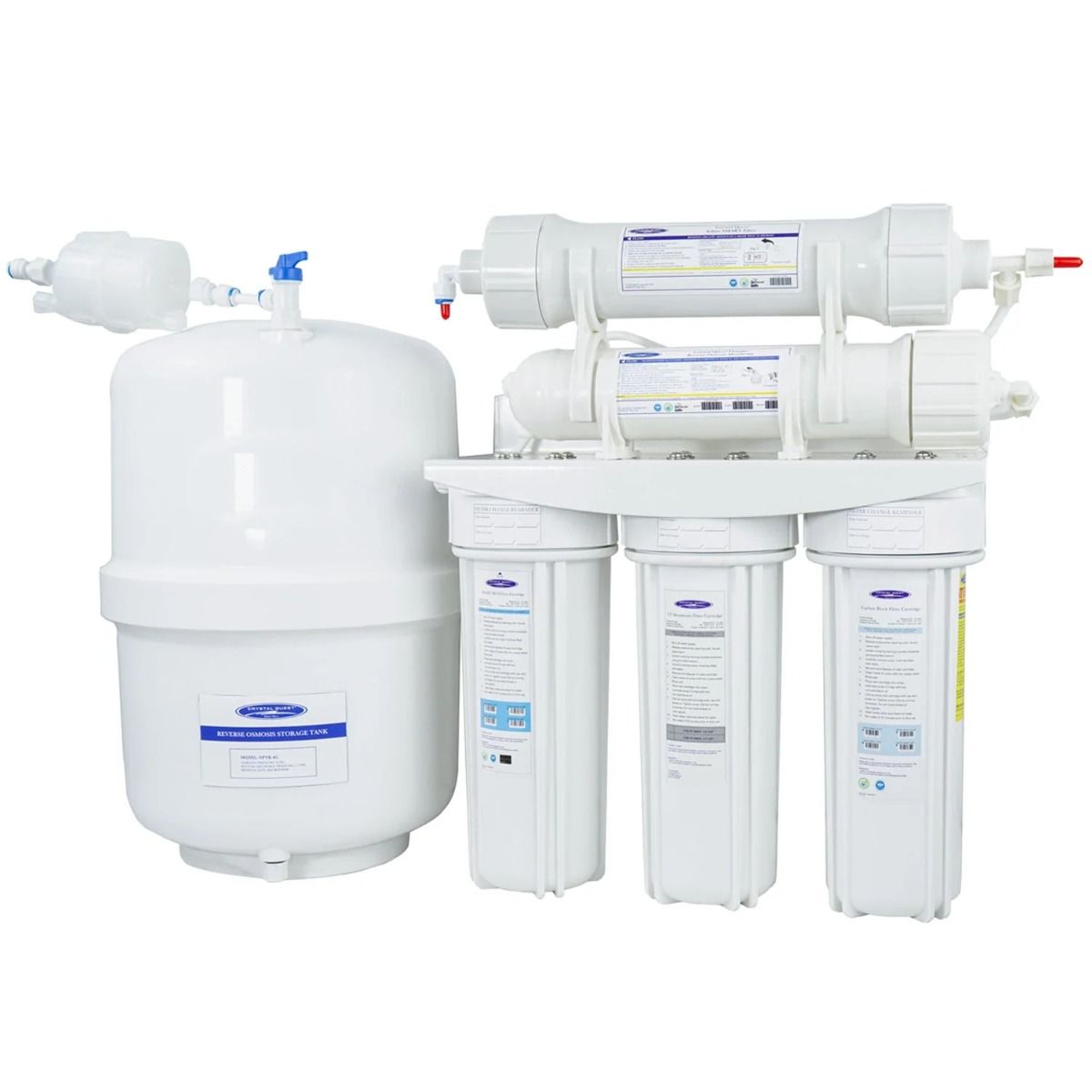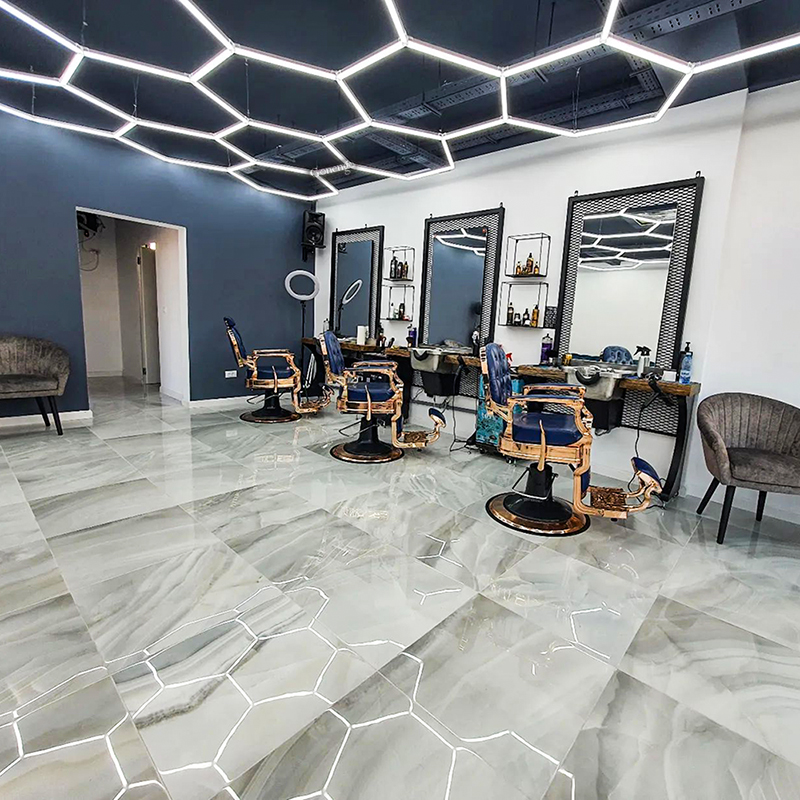What Should You Know Before Buying an Under Sink RO System?

Are you thinking about improving the water quality in your home? If yes, investing in an under sink reverse osmosis system is a popular option. It’s compact, efficient, and can make sure that the water you drink and use to cook is clean and safe. However, when it comes to choosing the right under sink RO system, there are many options available on the market. So, how will you determine which one is best suited for your water filtration needs? For that, you need to have some knowledge of what an under sink RO system is, how it works, and the factors to consider when choosing one. Then only you will be able to select the right one and enjoy an improved quality of water at home.
What is an Under Sink RO System?
An under sink reverse osmosis system is a water filtration system that is installed under your kitchen sink. How does it work? It forces water through a semipermeable membrane that removes contaminants, impurities, and chemicals like chlorine, lead, pesticides, and more. And the result? You get pure, safe, and clean water that tastes much better. Now, imagine cleaning your fruits and vegetables with the same high-quality water, brewing your morning coffee, or drinking a glass of water that’s free from any harmful substances.
Under sink reverse osmosis filters are not just about better water taste but also about protecting your health and home.
Now, let’s understand how exactly this system works in more detail:
An under sink reverse osmosis system works by pushing water through multiple filtration stages. Here’s how:
- Pre-Filtration: In this stage, a sediment filter removes large particles such as sand, dirt, and rust from the water.
- Activated Carbon Filter: After pre-filtration, the water passes through an activated carbon filter. This removes chlorine, chloramines, volatile organic compounds, and other harmful chemicals.
- RO Membrane: This is the core of the system. In this stage, water is forced through a semi permeable membrane. This membrane allows only water molecules to pass through while trapping contaminants like lead, pesticides, heavy metals, viruses, and bacteria.
- Post-Filtration: Finally, the water flows through a final activated carbon filter that refines the water, improves its taste, and removes any remaining contaminants.
- Storage Tank: Once the water is completely filtered, the system stores it in a tank under the sink. This means your water is ready to use whenever you need it.
So, that was how an under sink reverse osmosis filter works after installation. The more it passes through multiple stages, the purer the water becomes every time.
What are the Important Factors to Consider Before Buying One?
Now, this is the main part of our discussion. When purchasing under sink reverse osmosis filters, there are many factors to consider to ensure you choose the right one for your needs. Let’s take a look at the below to understand
Analyze Your Water Quality and Contaminants in Your Area
The quality of your water and what type of contaminants in your area are key factors when choosing an RO system. For example—do you live in an area with hard water, high levels of chlorine, or other specific contaminants? If yes, you’ll need a RO system that targets those particular issues. But how will you determine this? By getting a water test kit or requesting a water report from your local supplier. This will help you understand the specific contaminants you need to address.
How Much Space Do You Need Under Your Sink?
While under sink RO systems are compact in size, they do require a bit of space. Before you choose, ensure you have enough space under your kitchen sink so that you’ll be able to install the system easily. However, if you have less space under your sink, don’t worry—there are smaller units, too, that take up less space but might lack some features or filter capacity.
Consider the Filter Capacity and Flow Rate
The capacity of RO systems to filter water is measured in gallons per day. If you have a large family or use a lot of filtered water for cooking, you’ll need a system with a higher GPD. Most common systems usually range from 50 to 100 GPD, but there are systems that can produce more water if needed. The higher the GPD, the faster you’ll get filtered water—however, it may also be more expensive.
Durability and Maintenance of the Filter
Durability refers to the length of time your filter can last. If you don’t maintain it properly, the filter won’t be able to produce quality water over time. Most RO systems require replacements every 6 months to 2 years, depending on usage and water quality. There are some high-quality filters in Canada that don’t require frequent replacements. Before you buy, it’s important to consider the maintenance schedule and replacement costs of the filters. And look for systems that offer long-lasting filters with a higher capacity. They may be more cost-effective in the long run.
Overall Price of the Filter
Not all filters come at the same price. Some may be affordable, while others may be expensive—depending on the features, filter capacity, and brand. Saving money is a good thing, but buying something cheap just for the sake of it might cost you more in the long run. A cheaper system may not offer the filtration quality or durability to remove harmful contaminants effectively. Therefore, choose wisely—consider everything and then make an informed purchase.
Final Thoughts
Buying the right under sink reverse osmosis filter is not confusing—you only need to keep some important factors in mind. Once you properly understand them, you can confidently choose a system that meets your needs and provides you with pure, safe, and great-tasting water for years to come.
Source: https://purewaterfreedom.com/fluoride-filters/reverse-osmosis/undersink-ro.html
Note: IndiBlogHub features both user-submitted and editorial content. We do not verify third-party contributions. Read our Disclaimer and Privacy Policyfor details.







